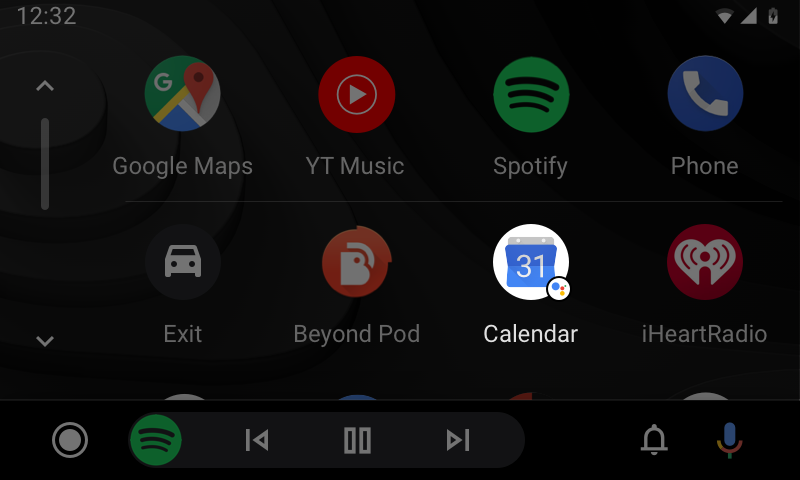As I wrote for TechCrunch recently, immigration is not an issue always associated with tech — not even when thinking about the ethics of technology, as I do here.
So when I was moved to tears a few weeks ago, on seeing footage of groups of 18 Jewish protestors link arms to block the entrances to ICE detention facilities, bearing banners reading “Never Again” in reference to the Holocaust — these mostly young women risking their physical freedom and safety to try to help the children this country’s immigration service is placing in concentration camps today, one of my first thoughts was: I can’t cover that for my TechCrunch column. It’s about ethics of course, but not about tech.
It turns out that wasn’t correct. Immigration is a tech issue. In fact, companies such as Wayfair (furniture), Amazon (web services), and Palantir (the software used to track undocumented immigrants) have borne heavy criticism for their support of and partnership with ICE’s efforts under the current administration.
And as I discussed earlier this month with Jaclyn Friedman, a leading sex ethics expert and one of the ICE protestors arrested in a major demonstration in Boston, social media technology has been instrumental in building and amplifying those protests.
But there’s more. IBM, for example, has an unfortunate and dark history of support for Nazi extermination efforts, and many recent commentators have drawn parallels between what IBM did during the Holocaust and what companies like Palantir are beginning to do now.

Dozens of protestors huddle in the rain outside Palantir HQ.
I say “companies,” plural, with intention: immigrant advocacy organization Mijente recently released news that Anduril, the company founded by Palmer Luckey and composed of Palantir veterans, now has a $13.5 million contract with the Marine corps for their autonomous surveillance “Lattice” towers at four different USMC bases, including one border base. Documents procured via the Freedom of Information Act show the Marines mention “the intrusion dilemma” in their justification for choosing Anduril.
So now it seems the kinds of surveillance tech we know are badly biased at best — facial recognition? Panopticon-style observation? Algorithms of various other kinds — will be put to work by the most powerful fighting force ever designed, for expanded intervention into our immigration system.
Will the Silicon Valley elite say “no”? To what extent will new protests emerge, where the sorts of people likely to be reading this writing might draw a line and make work more difficult for their peers at places like Anduril?
Maybe the problem, however, is that most of us think of immigration ethics as an issue that might touch on a small handful of particularly libertarian-leaning tech companies, but surely it doesn’t go beyond that, right? Can’t the average techie in San Francisco or elsewhere safely and accurately say these problems don’t actually implicate them?
Turns out that’s not right either.
Which is why I had to speak this week with Cornell University historian Louis Hyman. Hyman is a Professor at Cornell’s School of Industrial and Labor Relations, and Director of the ILR’s Institute for Workplace Studies, in New York. In our conversation, Hyman and I dig into Silicon Valley’s history with labor rights, startup work structures and the role of immigration in the US tech ecosystem. Beyond that, I’ll let him introduce himself and his extraordinary work, below.

Louis Hyman. (Image by Jesse Winter)
Greg Epstein: I discovered your work via a piece you wrote in the Washington Post, which drew from your 2018 book, Temp: How American Work, American Business, and the American Dream Became Temporary. In it, you wrote, “Undocumented workers have been foundational to the rise of our most vaunted hub of innovative capitalism: Silicon Valley.”
And in the book itself, you write at one point, “To understand the electronics industry is simple: every time someone says “robot,” simply picture a woman of color. Instead of self-aware robots, workers—all women, mostly immigrants, sometimes undocumented—hunched over tables with magnifying glasses assembling parts, sometimes on a factory line and sometimes on a kitchen table. Though it paid a lot of lip service to automation, Silicon Valley truly relied upon a transient workforce of workers outside of traditional labor relations.”
Can you just give us a brief introduction to the historical context behind these kinds of comments?
Louis Hyman: Sure. One of the key questions all of us ask is why is there only one Silicon Valley. There are different answers for that.

from Apple – TechCrunch https://ift.tt/310GkzO




